Main Sake Varieties and Their Characteristics
What kinds of sake are there?
There are numerous varieties and as technology and food science progresses, even more varieties become possible. What may be considered "sake" is determined by the Japanese National Tax Agency (NTA). In it's broadest definition, sake is defined as "a product made from brewing rice, koji rice (steamed rice inoculated with Aspergillus oryzae) and water." In Japan, the most popular sake varieties are as follow:
Daiginjo
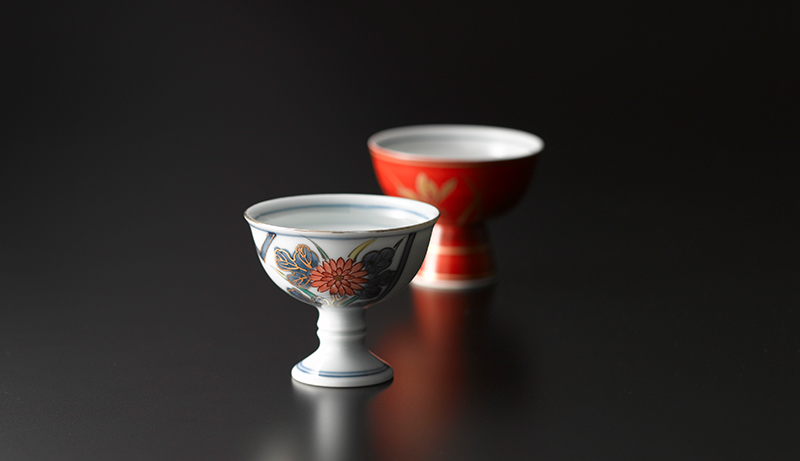
The most premium sake class, daiginjo sake, is characterized by its fragrant bouquet and elegantly pure taste. Daiginjo sake must be made with rice polished to at least 50%. Daiginjo is slowly brewed at low temperatures and is commonly made with fragrant yeast strains and special rice for brewing known as sakamai. Best enjoyed slightly chilled, room temperature or slightly warmed.
Ginjo
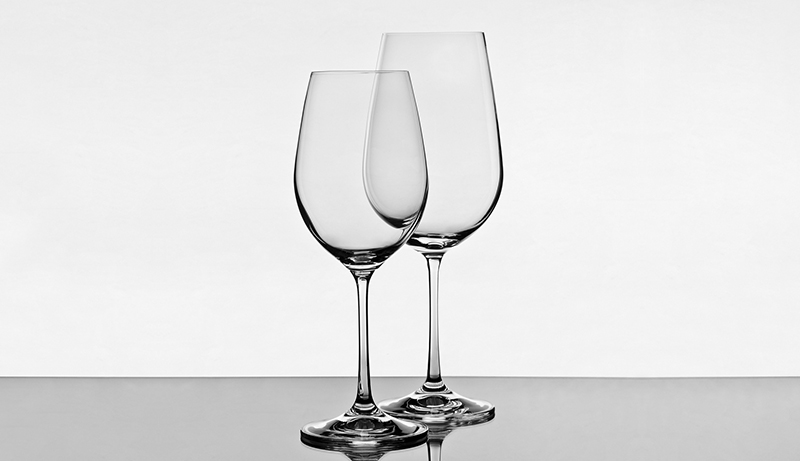
A premium class of sake, ginjo sake became a possibility as brewing and milling techniques were improved and was actually developed less than 100 years ago. Fragrant and fresh, ginjo sake must be made with rice polished to at least 60%. Ginjo is slowly brewed at low temperatures and is commonly made with fragrant yeast strains and special rice for brewing known as sakamai. Best enjoyed slightly chilled, room temperature or slightly warmed.
Junmai
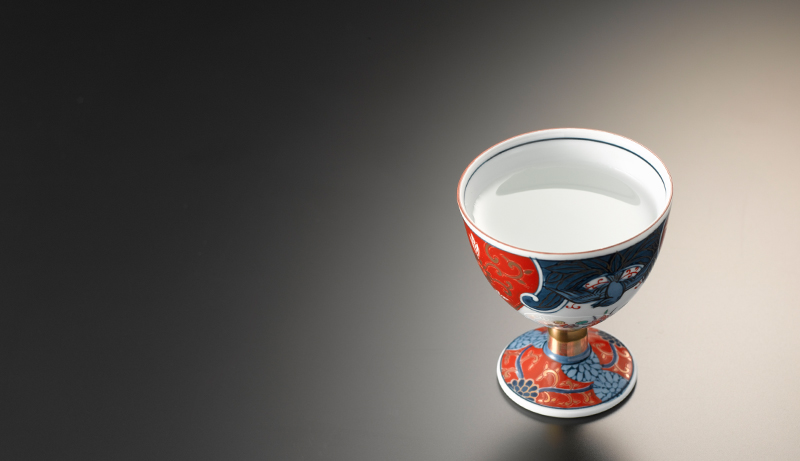
Junmai (or "pure rice") sake is sake which has been made only with rice, koji rice and water. There is no specified milling rate but the rice used for this sake is generally polished to a minimum rate of 70-75%. Typically fragrant with a rich, mellow flavor, this sake may be brewed to possess a dry, sweet or neutral taste. This sake is very versatile and may be enjoyed in a range of temperatures from well-chilled to well-warmed.
Honjozo
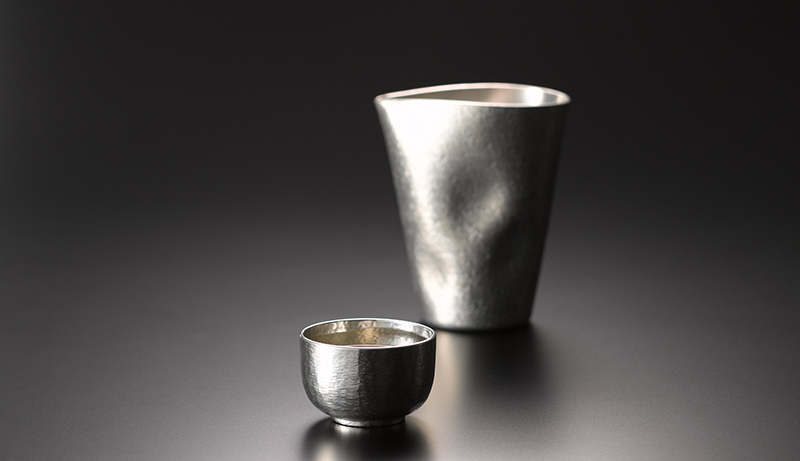
Honjozo sake is a premium sake to which a small amount of brewer's alcohol has been added in the moromi (main fermentation mash stage) to adjust and enhance flavor. For standard Honjozo sake, the rice must be milled to at least 70%. For Tokubetsu (special) Honjozo, the rice must either be milled to 60% or the sake must be brewed with a special premium brewing method. The term "Honjozo" was coined about 50 years ago to distinguish this premium sake which has alcohol added to improve taste from other sakes which contain added alcohol to inexpensively increase volume.
Futsushu
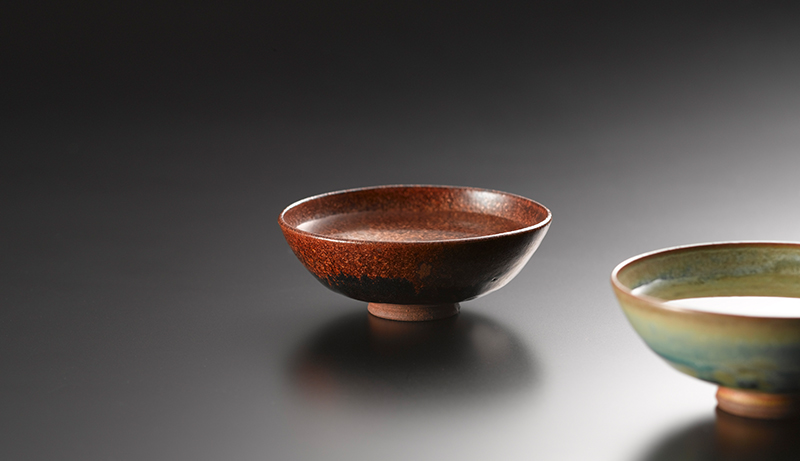
The most popular class of sake in Japan, Futsushu (or "ordinary sake") does not have a specific recipe but cannot contain more than 50% added alcohol and other ingredients as approved by law. This sake is very versatile and may be enjoyed in a range of temperatures from well-chilled to well-warmed.
Genshu
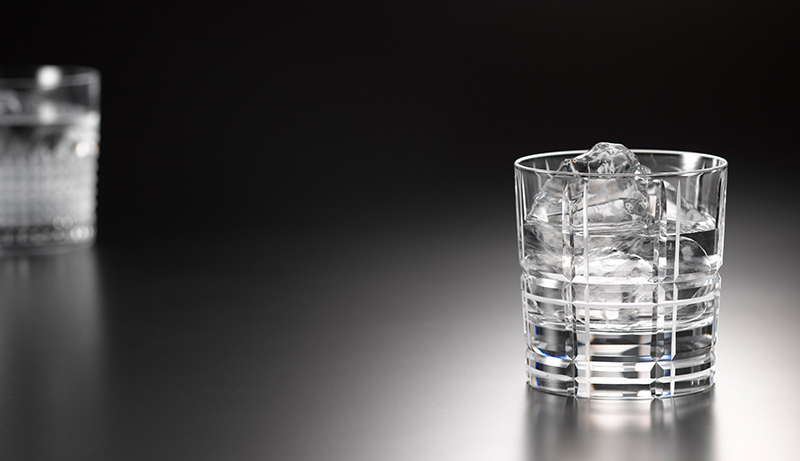
Genshu, or "undiluted sake," is the fresh sake that results when fermentation and filtration processes have been completed. Typically with an alcoholic content of 17-19%, junmai genshu is highly fragrant and most often has a full body. This sake is best served well chilled or over ice.
Koshu
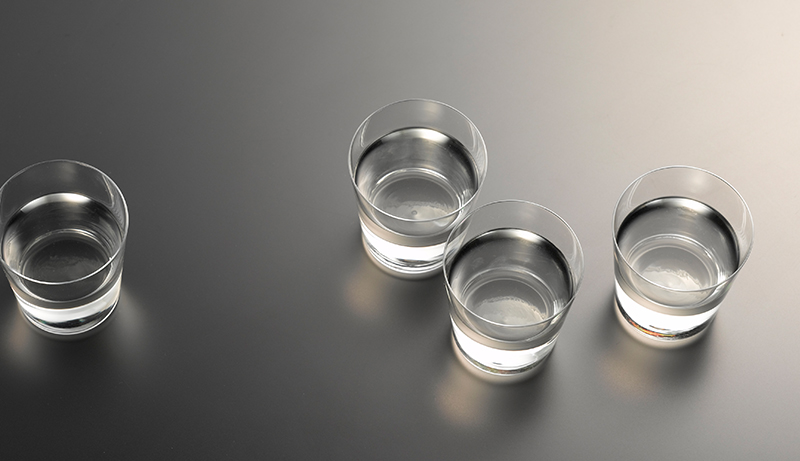
Koshu (or "aged sake") is sake which has been aged in a controlled environment yielding a mature sake typically amber in color with a rich, complex bouquet similar to Chinese Shaoxing wine.
Namachozo
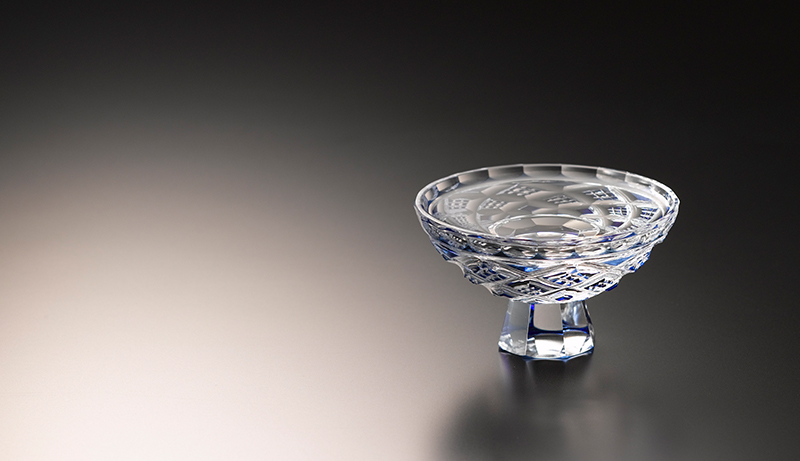
Namachozo (literally "fresh storage") sake is made by briefly aging sake in an unpasteurized state at low temperatures and then pasteurizing only once right before bottling. This is a fresh, crisp sake and is best enjoyed well-chilled or over ice.
Namazake
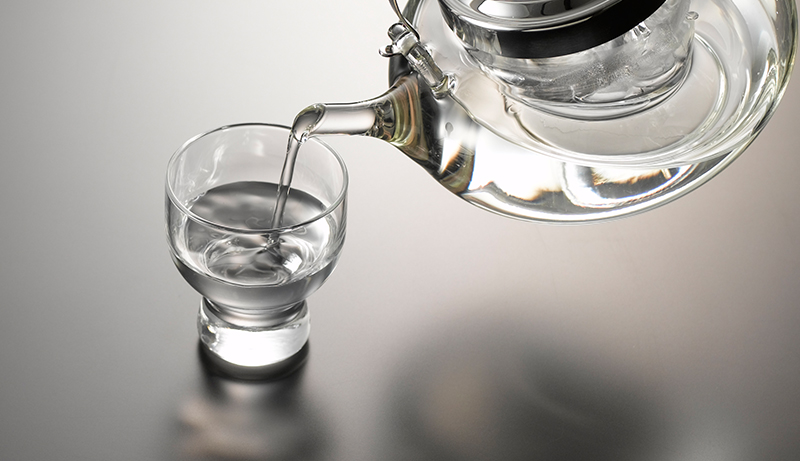
Unlike most sakes, Namazake (or "Draft Sake") does not undergo any pasteurization process and is microfiltered just before bottling. Young and vivid, this sake has a fresh quality unlike any other. Best enjoyed well-chilled or over ice.
Nigori
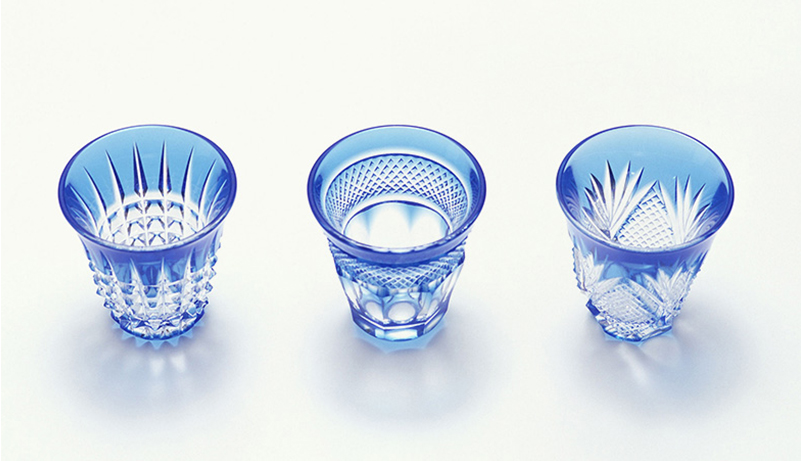
Nigori sake is a roughly-filtered sake which contains small rice particles and has a pleasantly sweet taste. Milky in color, nigori sake resembles the sake of centuries ago before filtration processes were perfected. Generally lower in alcohol, nigori sake makes a refreshing aperitif and is best enjoyed served well-chilled.
Taru Sake
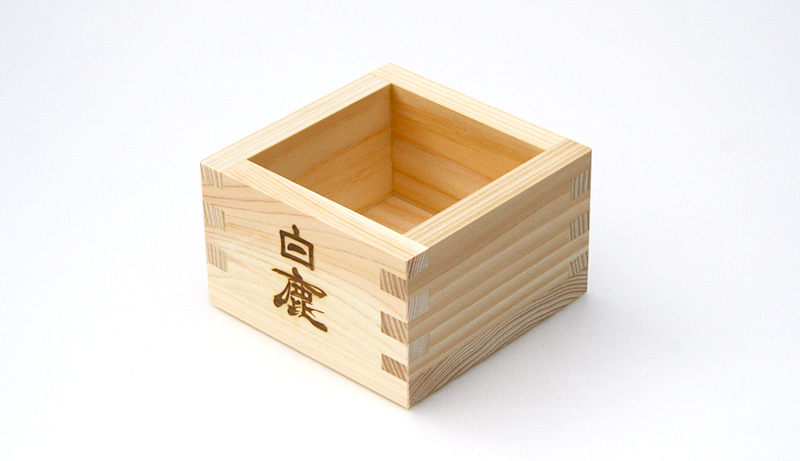
Taru sake (literally "barrel sake") is sake which has been stored in wooden barrels (taru) and which has assumed the fresh fragrance from the wood. The best sake barrels are made from Yoshino Sugi (Japanese cypress Cryptomeria japonica) produced in the southern part of Nara Prefecture. Sake briefly stored in these barrels assume a fresh, green, forest-like fragrance. Served at room temperature, taru sake may be enjoyed at its best.
Premium Sake Classes
The Japanese National Tax Agency officially recognizes 8 premium "Special Designated Sake Types" (Tokutei Meisho-Shu) based on very strict standards. These varieties vary according to minimum rice polishing ratio and whether a small amount of brewer's alcohol has been added in the fermentation process.
| Special Designation |
Ingredients | Minimum Rice Polishing Ratio |
Brewer's Alcohol |
| Junmai Daiginjo | Water, Rice, Koji Rice | 50% | None |
| Daiginjo | Water, Rice, Koji Rice, Brewer's Alcohol |
50% | Volume must be less than 10% of content of polished rice |
| Junmai Ginjo | Water, Rice, Koji Rice, | 60% | None |
| Ginjo | Water, Rice, Koji Rice, Brewer's Alcohol |
60% | Volume must be less than 10% of content of polished rice |
| Tokubetsu Junmai | Water, Rice, Koji Rice | 60% or Special Brewing Process |
None |
| Junmai | Water, Rice, Koji Rice | No specification | None |
| Tokubetsu Honjozo | Water, Rice, Koji Rice, Brewer's Alcohol |
60% or Special Brewing Process |
Volume must be less than 10% of content of polished rice |
| Honjozo | Water, Rice, Koji Rice, Brewer's Alcohol | 70% | Volume must be less than 10% of content of polished rice |
